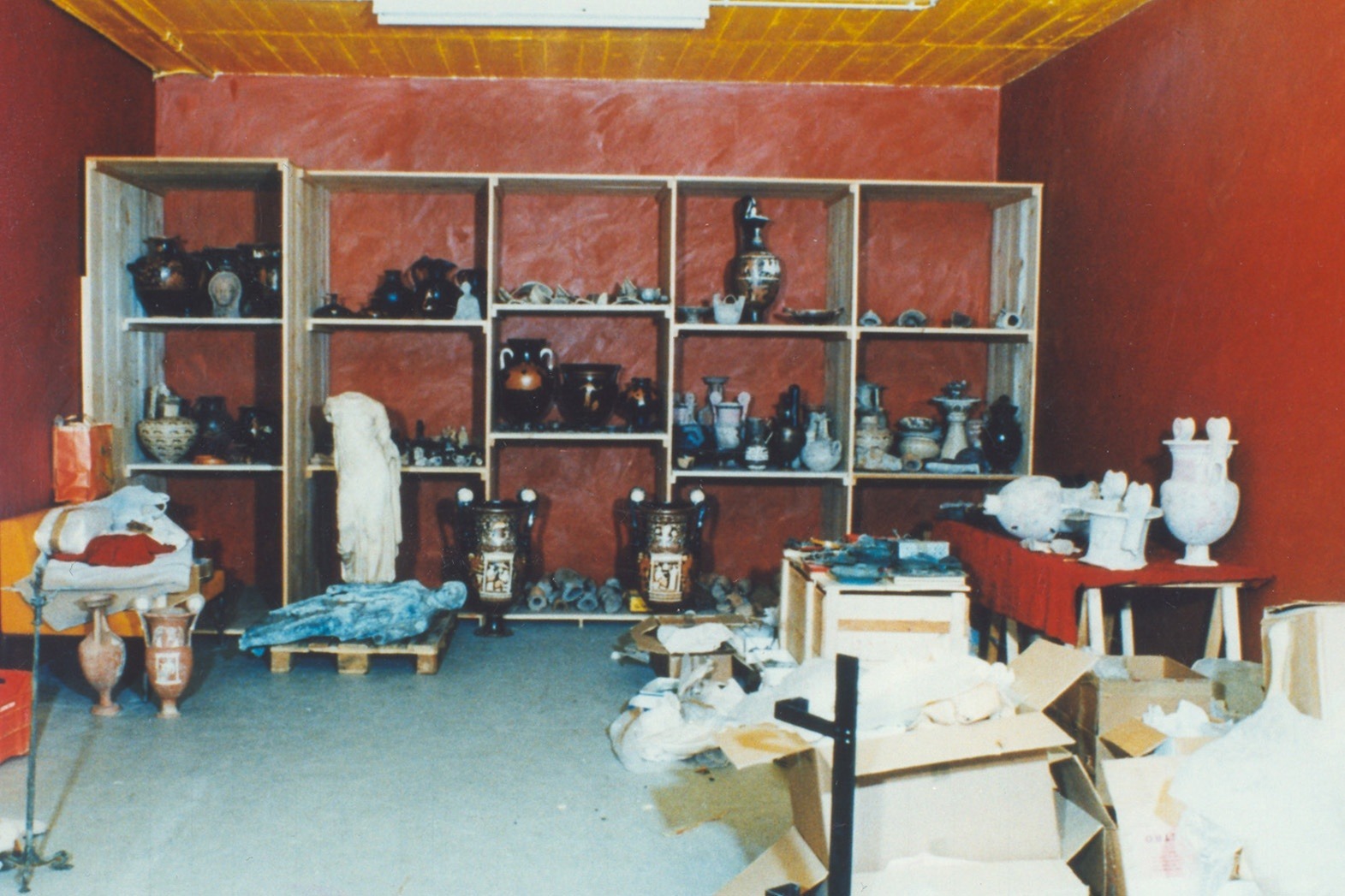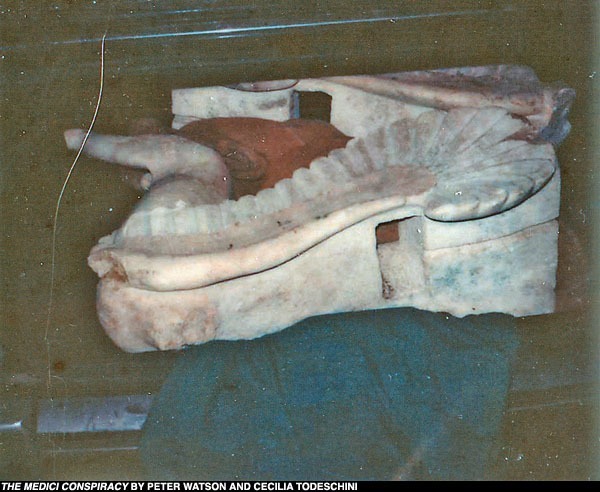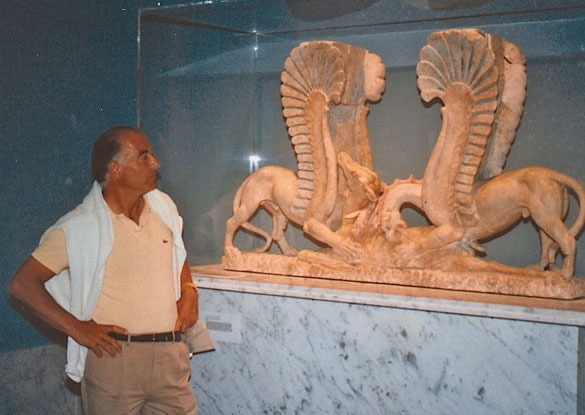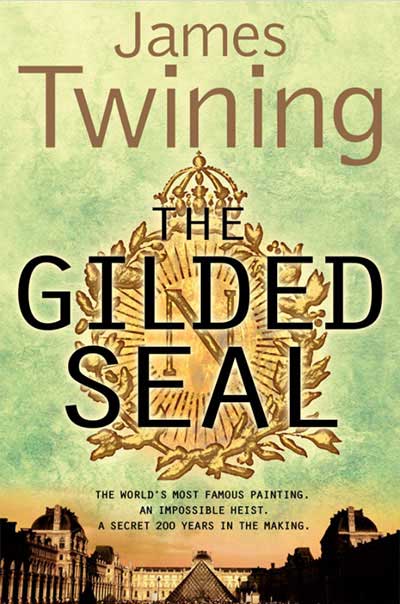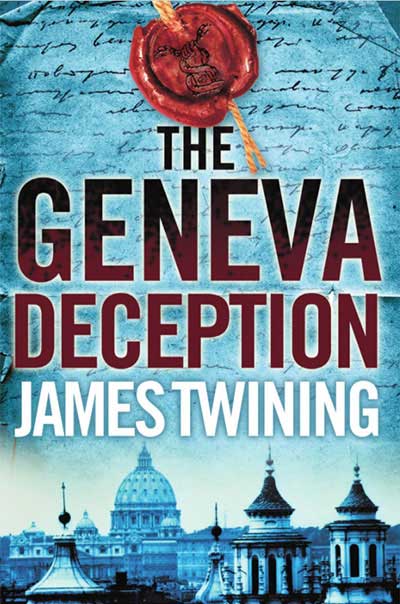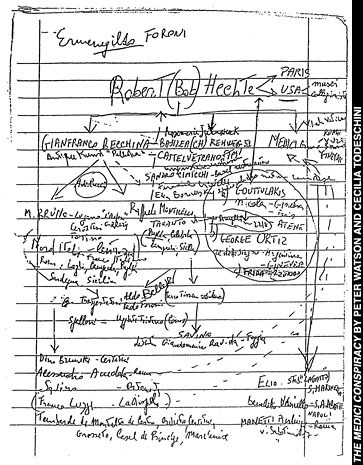
To this day, no one knows exactly what caused the crash. Perhaps it was the heat of the midday sun, the third plate of veal Napolitano or the bottle of Barolo that caused Pasquale Camera, a 25 stone former police captain, to fall asleep at the wheel just as he was approaching the exit for Cassino, smash into the guardrail and flip his Renault 21 onto its roof. What is clear now, however, is that his untimely death in August 1995 was to trigger the unravelling of a vast criminal network that stretched as far as some of America’s most prestigious museums.
The trail was to start in the glovebox of Camera’s car, where the Polizia Stradale found ten photographs of what appeared to be looted antiquities. Alerting the commander of the local Carabinieri, he in turn contacted his former colleagues in the Tutela Patrimonia Artistico (TPA), the unit charged with protecting artistic heritage. Knowing that Camera was a suspected tombarolo , or grave robber, the TPA saw their chance. Within an hour they had contacted a local magistrate and obtained a search warrant empowering them to raid Camera’s apartment in Rome. There they found, to their amazement, what appeared to be a hand-drawn organogram laying out the links between Camera and the tombaroli he employed, to an international network of middlemen and dealers.
Acting on this information, the TPA immediately sent an official request to the Swiss authorities to raid the premises of Editions Services, a company associated with an Italian antiquities dealer called Giacomo Medici located in the Geneva Freeport. The Swiss quickly agreed and on 13th September 1995, a raiding party consisting of three Carabinieri officers, three Swiss policemen, a Swiss magistrate, an official photographer and the deputy director of the Freeport, gathered outside Room 23 on the fourth floor of a plain, steel-built warehouse.
Inside, according to the Carabinieri, they found over ten thousand artefacts worth around $35 million at the time, including hundreds of pieces of ancient Greek, Roman, and Etruscan art and a set of Etruscan dinner plates alone worth $2 million. Accompanying these were files, binders and boxes containing sales records and correspondence between Medici and dealers and museums around the world, and thousands of photographs, some of which illustrated the journey of single pieces from the ground, to their restored state, to the display cabinets of some of the world’s largest museums.
As a direct result of these findings, Medici, later described as ‘the real “mastermind” of much of Italy’s illegal traffic in archaeological objects’ was sentenced to ten years (reduced to eight on appeal) and fined ten million euro in 2004 for dealing in stolen ancient artefacts, the largest penalty ever meted out for antiquities crimes in Italy.
Evidence from the Geneva raid was also used to bring charges against American antiquities dealer Robert Hecht, Jr. and former J. Paul Getty Museum curator of antiquities Marion True for conspiracy to traffic in illegal antiquities, with True claiming in a letter to the J. Paul Getty Trust on December 18, 2006, that she was being made to “carry the burden” for practices which were known, approved, and condoned by the Getty’s Board of Directors.
Their trial continues, but the shockwaves of the case are still being felt around the world. In September 2007, the Getty agreed to return stolen 40 ancient art works to Italy including a 5th Century BC Aphrodite limestone and marble statue, fresco paintings stolen from Pompeii, marble and bronze sculptures and Greek vases.
Other museums have followed suit. In 2006 the New York Metropolitan Museum of Art agreed to give legal ownership of the famous Euphronios krater (sold to it by Robert Hecht in 1972) back to the Italian government. The Museum of Fine Arts in Boston and the Princeton University Art Museum have also returned items. Italy is also pursuing artifacts in the Cleveland Museum of Art, the Minneapolis Institute of Arts, the Princeton Museum of Art, the Toledo Museum of Art, and the private collection of the late Leon Levy and his wife, Shelby White, in New York.
Since the destruction of the Medici smuggling ring and the more stringent acquisition policies put in place by museums and collectors in the light of these events, the latest information suggests that illegal digging is down by half. The Carabinieri art squad also claim that the quality of seized objects has collapsed.
Whether this is just a temporary lull, or sign of a more permanent shift, remains to be seen.

